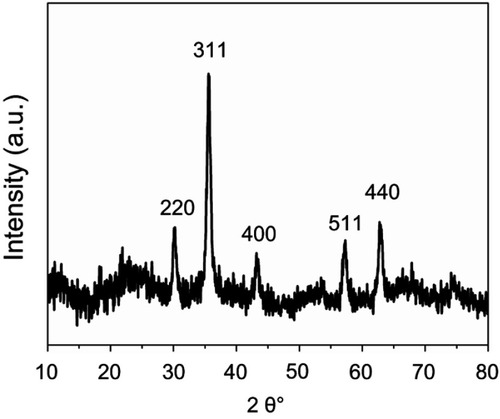Figures & data
Figure 1 Schematic diagram for the preparation route of Cal-B enzyme immobilized polymer-grafted magnetic silica nanoparticles.
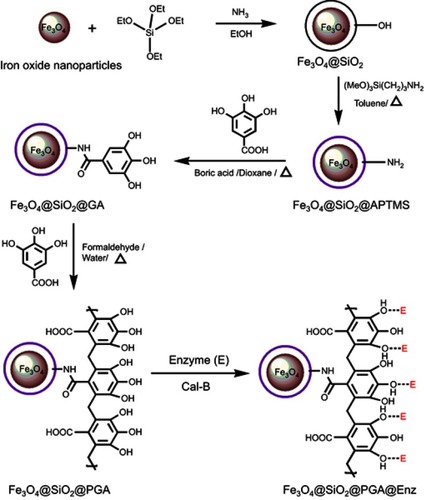
Figure 2 FTIR spectra of (a) Fe3O4 MNPs, (b) silica-coated MNPs, (c) amino-functionalized MNPs, (d) gallic acid-modified MNPs, (e) gallic acid−formaldehyde resin-grafted MNPs.
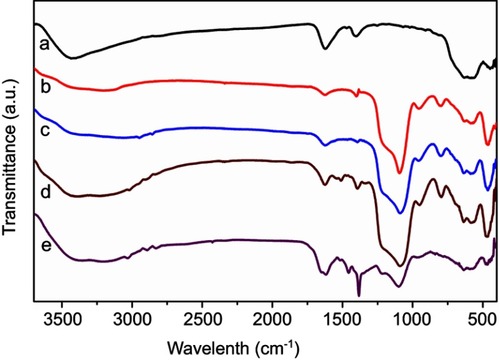
Figure 3 TEM images of (A) Fe3O4 nanoparticles and (B) Fe3O4@SiO2@PGA magnetic silica nanoparticles.
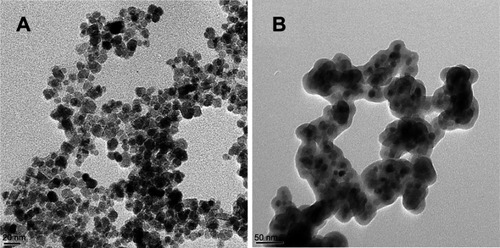
Figure 5 TGA thermograms of (a) Fe3O4 nanoparticles, (b) silica-coated magnetic nanoparticles, (c) amino-functionalized magnetic nanoparticles, (d) gallic acid-modified magnetic nanoparticles, (e) gallic acid−formaldehyde resin-grafted magnetic nanoparticles.
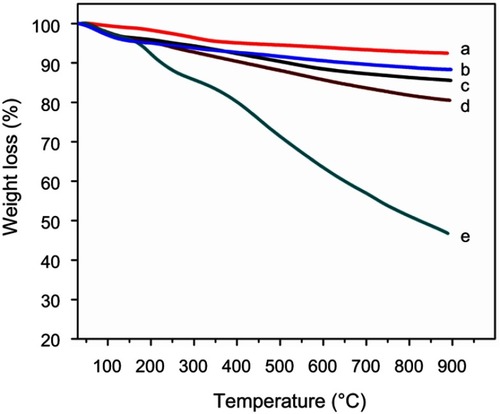
Figure 6 The magnetic hysteresis loops of (a) neat iron oxide and (b) polymer grafted iron oxide MNPs.
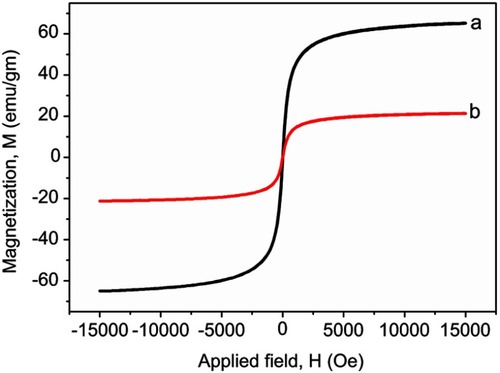
Figure 7 Magnetic separation of enzyme-loaded polymer-grafted nanoparticles from the reaction mixture using a magnet.
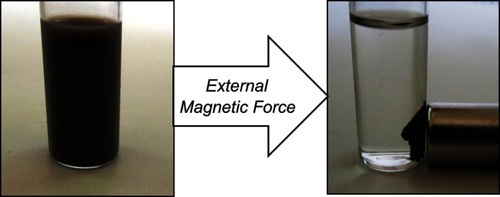
Figure 8 Optimization of immobilization time for enzyme Cal-B on polymer-grafted magnetic silica nanoparticles.
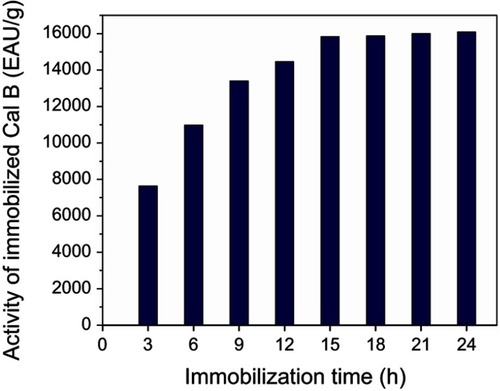
Table 1 Influence of enzyme Cal-B concentration on hydrolytic activity

